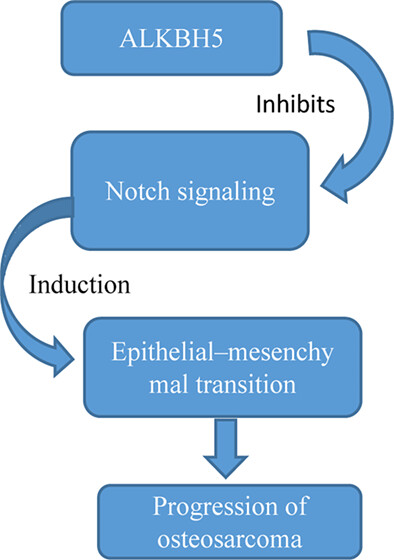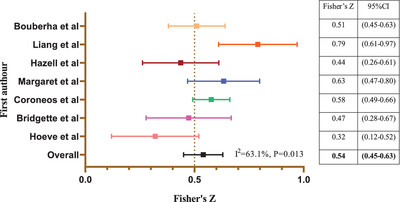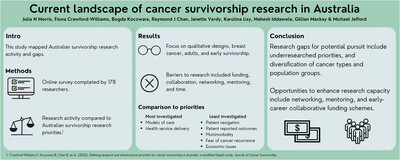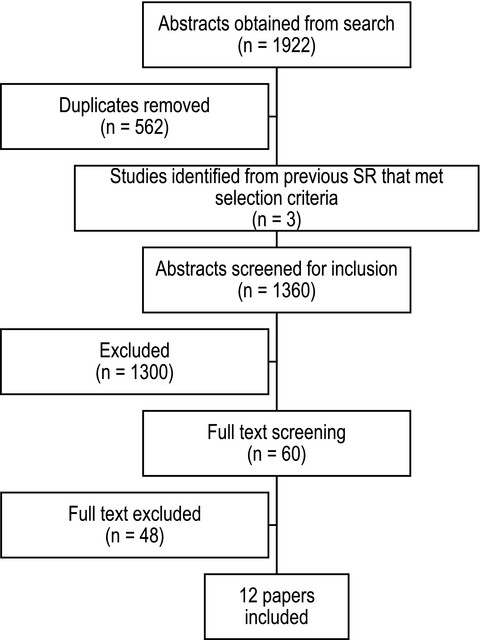Journal list menu
Export Citations
Download PDFs
Sarcoma
ALKBH5 involves in osteosarcoma tumor progression by mediating Notch signaling
- First Published: 01 January 2023
Mesoscience in cell biology and cancer research
- First Published: 17 November 2022
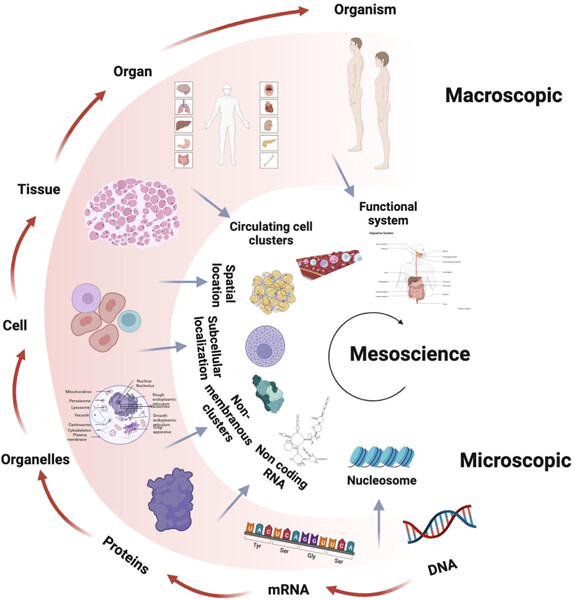
A once-neglected field of science at the boundary scale between the micro and macro worlds has been revisited in light of recent interdisciplinary research. Mesoscience is a new scientific perspective that combines multi-level information. Mesoscale studies will revolutionize our traditional understanding of cellular structure and function, thereby transforming their applications, such as cell biology and oncology. Cancer is a disease with a high degree of spatiotemporal heterogeneity and disordered biological phenotype, likely reflecting mesoscale abnormalities. Therefore, there is an urgent need to introduce a new mesoscience paradigm in cancer biology research.
Advances in the treatment of solid tumors in children and adolescents
- First Published: 08 April 2023
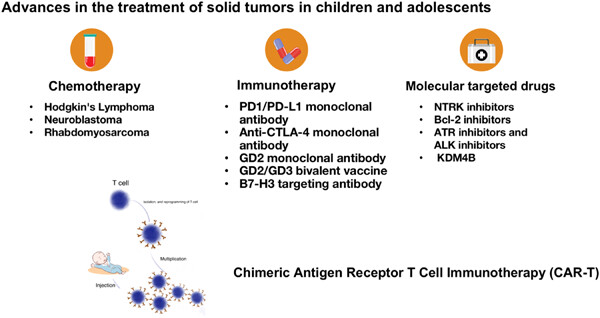
The tumor is one of the threats to children and adolescents' life and health, causing death and reduced quality of life. But there are few studies on them. Improving the survival rate and survival time of patients is our common goal. We reviewed the literature in recent years, and summarized the new progress achieved in terms of chemotherapy regimens, molecular targeted drugs, and immunotherapy, to provide new ideas for the treatment of tumors in children and adolescents.
Neoadjuvant chemotherapy in patients undergoing neoadjuvant radiation for trunk and extremity soft tissue sarcoma
- First Published: 06 May 2023
Symptoms and Survivorship
Association between financial toxicity and health-related quality of life in cancer survivors: A systematic review
- First Published: 01 December 2022
American Cancer Society nutrition and physical activity guideline for cancer survivors
- First Published: 16 March 2022
The five major autoimmune diseases increase the risk of cancer: epidemiological data from a large-scale cohort study in China
- First Published: 31 March 2022
Pancreatic cancer survival trends in the US from 2001 to 2014: a CONCORD-3 study
- First Published: 09 November 2022
Do young adults with cancer receive information about treatment-related impact on sex life? Results from a population-based study
- First Published: 07 February 2023

Young women with cancer report having received information about potential treatment-related impact on sex life to a lesser extent than men, and there is also a variation across cancer types. The majority of recipents recalled being informed that there was "some risk" of sex life being affected, see figure below. Routines clarifying when to discuss these issues are recommended to improve sexual health communication with young patients in cancer care.
“Everything's a fight”: A qualitative study of the cancer survivorship experiences of transgender and gender diverse Australians
- First Published: 18 April 2023
The marital relationship and health-related quality of life of prostate cancer patients and their spouses: A prospective, longitudinal study
- First Published: 15 August 2022
Distress in the context of cancer and chemotherapy: A mixed-method study
- First Published: 08 June 2021
The effect of nutritional interventions involving dietary counselling on gastrointestinal toxicities in adults receiving pelvic radiotherapy – A systematic review
- First Published: 20 July 2021
Do radiation therapists feel able to routinely screen for symptoms and distress in people with cancer: barriers impacting practice
- First Published: 17 March 2021
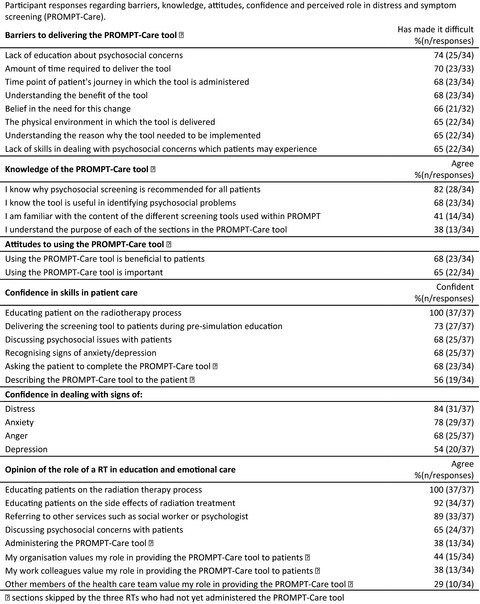
Routine distress screening for cancer patients is recommended as best practice cancer care. Radiation therapists performing this task were surveyed. Results indicate that although they see this as an important part of patient care, current barriers including the process, lack of confidence, knowledge and education make it difficult to perform this role.
Second primary malignancies in oral tongue cancer: A Surveillance, Epidemiology, and End Result–based analysis evaluating the basic characteristics, survival outcomes, and predictive factors
- First Published: 23 February 2022
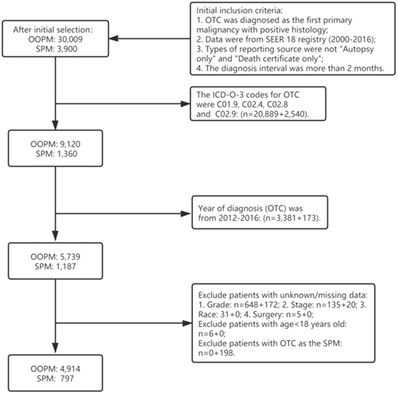
The purpose of this study is to evaluate the risk of developing a second primary malignancy (SPM) in oral tongue cancer (OTC) patients, and identify the characteristics and survival outcomes of OTC patients with an SPM. Patients with first primary OTC were identified from the Surveillance, Epidemiology, and End Result (SEER) database, and were further divided into the only one primary malignancy (OOPM) group and SPM group. Baseline characteristics and survival outcomes between patients in two groups were compared. Furthermore, a Fine and Gray subdistribution hazard model was utilized to investigate the cumulative risk of developing an SPM in OTC patients. Then, a multivariate competing - risk model was performed to explore risk predictors. Patients in the SPM group had older age and lower tumor stage than those in the OOPM group. Moreover, the proportion of receiving surgery in the SPM group was significantly higher than that in the OOPM group. Lung was the most common site of SPMs in whole patients. In male patients, the second common site of SPMs was prostate, while in female patients, it was female breast. OTC patients with an SPM of lung and bronchus had the worst overall survival. Finally, older age, male sex, primary site of ventral surface and anterior 2/3 of tongue, localized diseases, and the administration of surgery were considered as risk predictors of developing an SPM in OTC patients. OTC survivors had high risk of developing an SPM, and subsequent malignancy was an important COD. Careful monitoring is warranted in OTC survivors due to the high SPM - specific mortality.
Deaths and adverse events from adjuvant therapy with immune checkpoint inhibitors in solid malignant tumors: A systematic review and network meta-analysis
- First Published: 14 November 2022
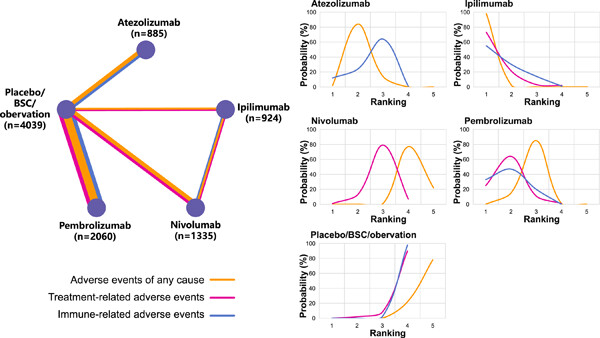
Immune checkpoint inhibitors (ICIs) are emerging as adjuvant therapy for patients with high-risk resectable malignant tumors, by prolonging overall survival and reducing disease recurrence. The present study provides the safety profile of deaths and adverse events in four approved ICIs. Comprehensively, nivolumab and atezolizumab were likely to be the safest agents.
Radiotherapy, photodynamic therapy, and cryoablation-induced abscopal effect: Challenges and future prospects
- First Published: 23 February 2023
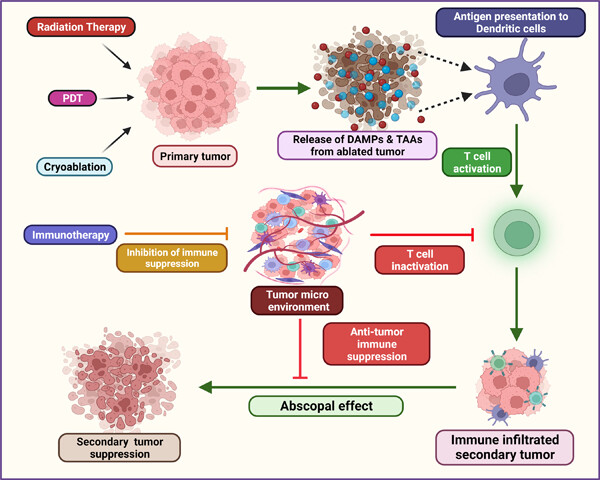
-
Primary or local tumor ablation following local therapy (such as radiotherapy, photodynamic therapy, and cryoablation) causes the release of damage-associated molecular proteins and tumor-associated antigens, which are then presented to dendritic cells (antigen-presenting cells) and results in the development of a systemic antitumor immune response, or “abscopal effect.”
-
However, the immune-suppressive tumor microenvironment blocks the antitumor immune response through several mechanisms, including the immune checkpoint mechanism (programmed death-1, programmed death ligand-1, and cytotoxic T lymphocyte-associated protein-4) and the overexpression of immunosuppressive cells myeloid-derived T-regulatory cells, myeloid-derived suppressor cells, and tumor-associated macrophages, and so on.
-
The use of immunotherapy can be used to treat these immune suppression mechanisms. Therefore, local therapy and immunotherapy combined have been proven to provide an effective abscopal impact. Immune-related adverse effects, however, can result from immunotherapy. Determining the precise sort of immunosuppressive mechanism and using specialized immunotherapy can combat these drawbacks. This can be achieved by using a nanotheranostic method, in which nanoparticles are loaded with prognostic biomarkers and predictive biomarkers, and to develop a strategy that could be multifaceted and address all potential obstacles that slow the abscopal impact.
A qualitative exploration of fear of cancer recurrence in caregivers
- First Published: 08 May 2023




